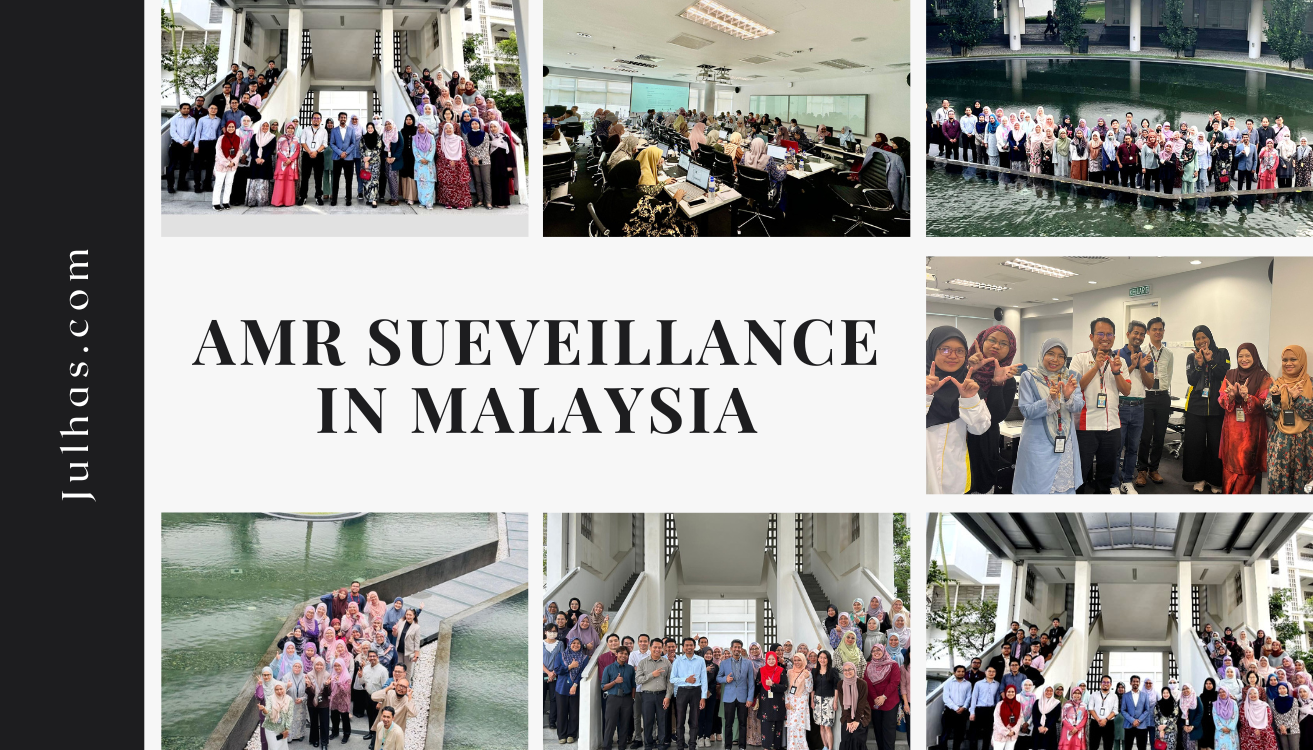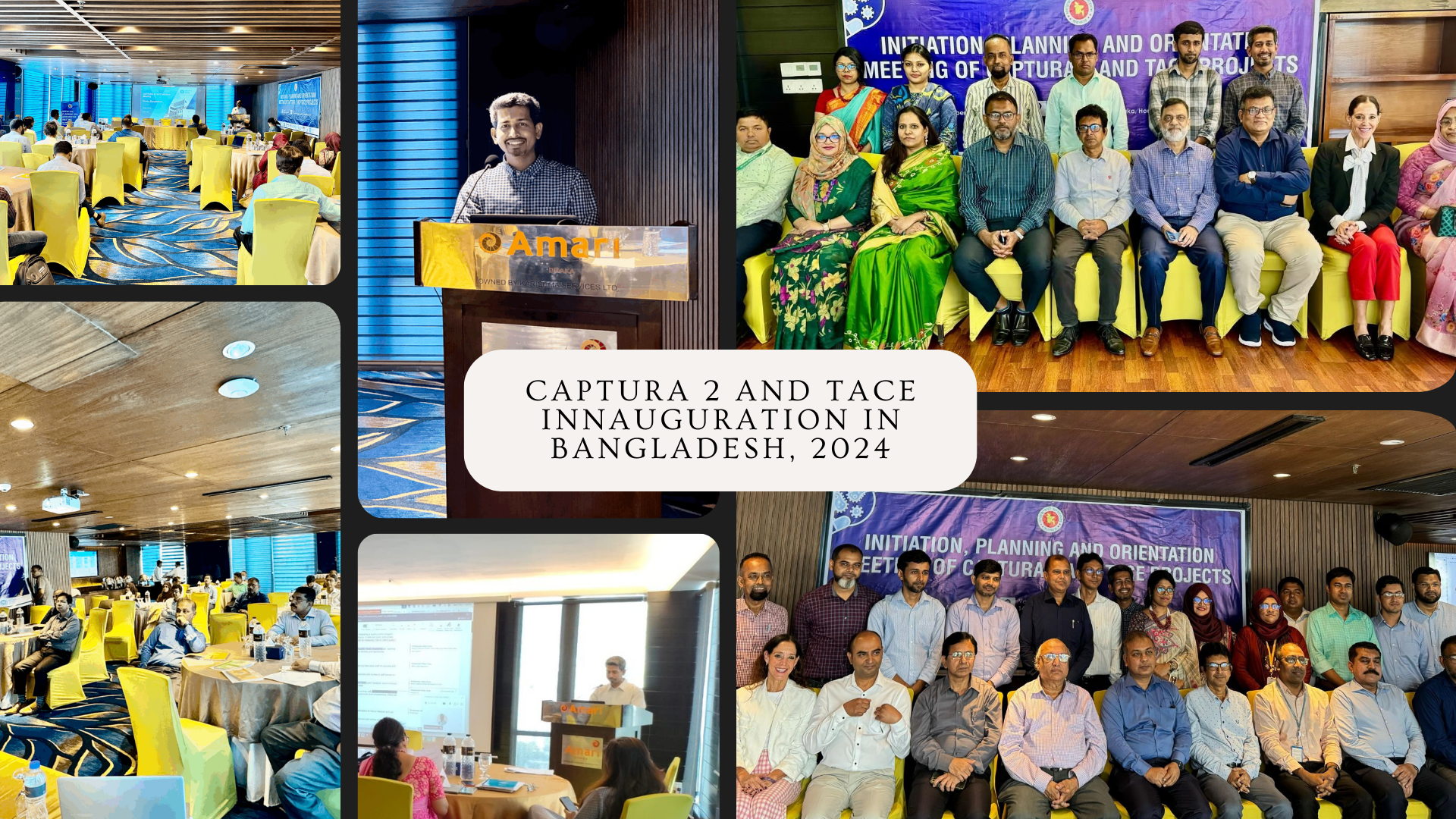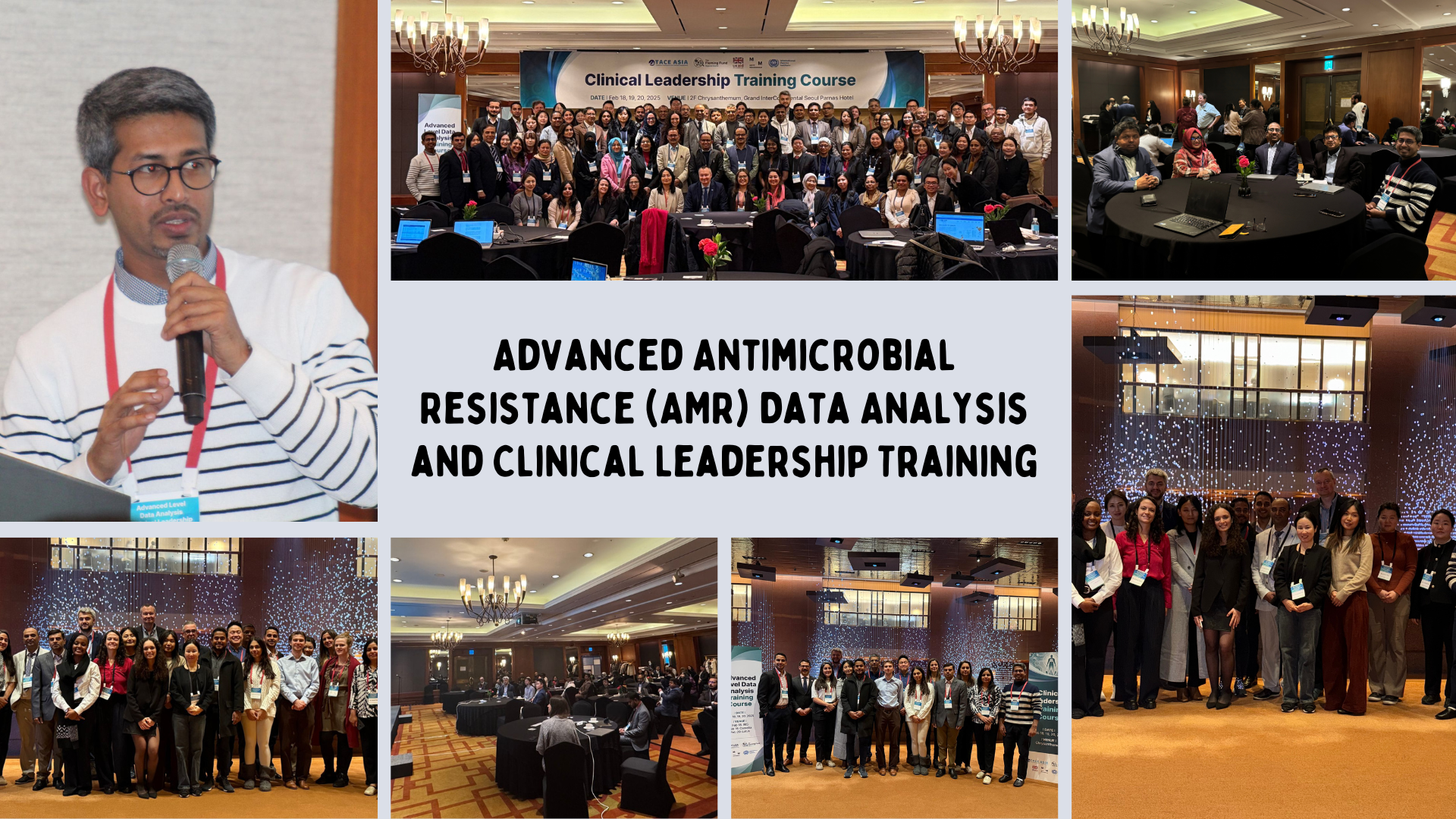My journey in Antimicrobial Resistance (AMR) started with an opportunity to work on a project funded by the University of Oslo. I was involved in developing interoperable applications for AMR surveillance within the DHIS2 platform. This project opened my eyes to the critical importance of data interoperability and the role of tools like WHONET in AMR data management.
During 2018-2019, while collaborating with HISP India, I led the design of AMR applications for Indian hospitals, integrating WHONET AMR data with DHIS2. I assisted the WHONET core team in enhancing their system to export AMR data for better visualization on the DHIS2 platform. It was during this phase that I discovered the power of open-source solutions for tackling AMR, with the applications now available on Github for global use.
From 2020 to 2022, I served as the Country Coordinator for the CAPTURA project in Bangladesh. My role was to support 45 hospitals in digitizing their microbiology laboratory data management systems, enhancing their data analysis capabilities, and fostering interoperability between different hospital data systems. Through collaborations with 105 hospital-based and retail pharmacies, we also gathered data on antimicrobial usage, providing a comprehensive look at AMR practices across the country.

Photo: AMR Capacity Development
Our team succeeded in collecting 1.1 million Antimicrobial Susceptibility Testing (AST) records from 34 laboratories across Bangladesh, in addition to 7.5 million drug sales data from five hospital pharmacies. The collected data was curated by AMR experts for advanced analysis and dissemination, paving the way for better-informed decision-making.

Photo: Manual Data Digitization
In May 2022, we organized a three-day workshop and data dissemination conference in Dhaka, attended by 140 stakeholders from both the public and private sectors. This conference marked a major milestone in the project, as we shared our findings and discussed strategies for AMR control across Bangladesh.

Photo: AMR Data Dissemination in Bangladesh
My move to Seoul, South Korea, in June 2022 opened new doors for me. I joined the International Vaccine Institute (IVI) as a Researcher and Data Science Engineer, where I have been working on establishing data management and visualization platforms for AMR surveillance. This experience has allowed me to contribute to AMR projects in South and Southeast Asia, working closely with global data scientists and microbiologists.

Photo: AMR Data Dissemination at IVI
In December 2023, the CAPTURA project released country and facility-level reports based on data collected from labs to improve data quality and testing practices. Several papers have been published in prestigious journals like Oxford Clinical Infectious Disease Journals, furthering the scientific community's understanding of AMR.
One of the most rewarding experiences was working with WHONET’s founder during my time at IVI. It gave me the chance to contribute to global efforts in shaping AMR surveillance systems.

Photo: With WHONET Founder at IVI
In 2023, I was invited to lead a session during a three-day training in Malaysia, hosted by the Institute of Medical Research (IMR) under the Ministry of Health. This event focused on AMR data management and prediction models using WHONET and QAAPT tools. The training aimed to strengthen the capacity of healthcare professionals in the region to combat AMR effectively.

Photo: Capacity Development in Malaysia
In October 2024, I participated in another round of capacity development training in Malaysia, demonstrating both WHONET and QAAPT software tools. This was part of an ongoing effort to implement antimicrobial surveillance systems and enhance data management practices for better policy advocacy.

Photo: Capacity Development in Malaysia
In November 2024, I had the honor of leading the inauguration of the CAPTURA Phase 2 and TACE project in Bangladesh, which marked a significant milestone in the global fight against AMR. This event brought together health experts and policymakers from around the world to discuss strategies to combat AMR.

Photo: CAPTURA Phase 2 and TACE project inauguration in Bangladesh
By February 2025, CAPTURA organized a global training on AMR data management, where I had the privilege of presenting QAAPT as a key tool for enhancing AMR surveillance and data analysis. It was a testament to the power of collaboration and innovation in the ongoing battle against AMR.

Photo: AMR Data Management Training in Seoul, South Korea